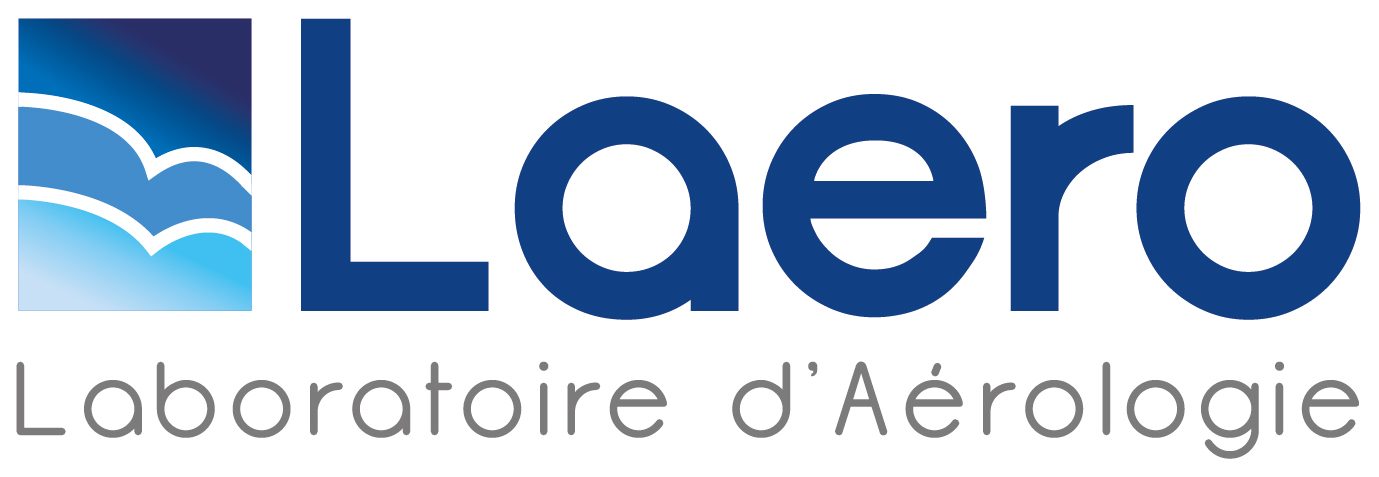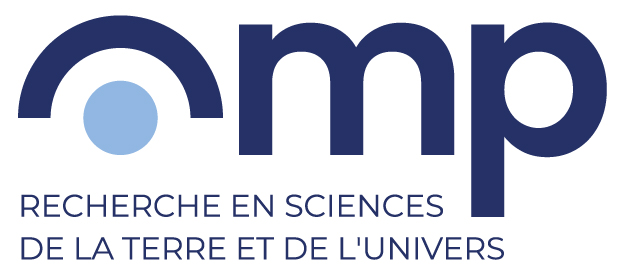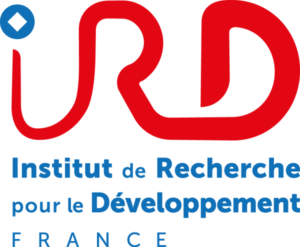Michael Prather: Characterizing tropospheric chemistry with an Atmospheric Tomography (ATom) mission: Which air parcels matter?
Abstract : To understand global atmospheric chemistry is to understand the chemical heterogeneity of air parcels across the vastness of the troposphere.These air parcels are ephemeral, being continually created, evolving, and mixed with others.This heterogeneity across many chemical species is a result of air pollution among other forces, and we seek knowledge of the photochemical evolution in each air parcel to understand past changes and predict future ones.The integration of this chemical reactivity over such heterogeneity controls residence times and hence the consequence of many atmospheric pollutants as regards air quality and climate.
This work presents an approach for developing chemical climatologies from atmospheric measurements now underway with the NASA ATom mission (2015-2020).In ATom the DC-8 is equipped with about 20 separate in situ sampling instruments that are measuring over 200 chemical species over 4 seasons in flights down the middle of the Pacific and Atlantic Ocean basins.These climatologies are based on objective flight/sampling plans and will provide a unique database to validate the chemistry-climate models.We use the modeled reactivity of air parcels (e.g., loss of methane, production and loss of ozone) to weight each parcel in terms of its importance in controlling these two most important chemically reactive greenhouse gases.
ATom will measure the chemical phase space for those species that control the reactivity (e.g., O3, H2O, CH4, CO, NOx, HNO3, HNO4, PAN, CH3NO3, HCHO, HOOH, CH3OOH, C2H6, C3H6O, and other VOCs).ATom has 6 contributing global chemistry models that have pre-predicted the statistics of these air parcels and will be contributing a simulation of the reactivity of each ATom air parcel as part of the mission products.In August 2016, ATom completed its first seasonal deployment (out of 4).These measurements are undergoing quality control/assurance and will be available mid-2017.Here we present some preliminary comparisons with the early (not-released) measurements and begin the model-measurement comparisons.






